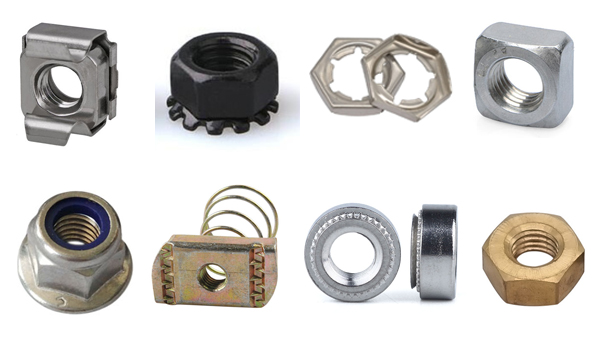The role of water washing in aluminum oxidation
ã€China Aluminum Industry Network】 1 Pre-treatment A Degrease after degreasing (degreasing): It should be provided with two water-washes. The purpose is to wash off the residual product liquid (or acid or alkali, if solvent-type emulsification is added to the degreasing agent). For agents, cleaning is more important.) Or oil. Preventing the introduction into the subsequent bath fluid affects the stability of the bath fluid and prevents the product from being contaminated with oil and resulting in defective products. The two washings can be used without overflow, depending on the timing of the workload.
B After alkaline etching: At least three times water washing. The purpose is to wash away the viscous alkali etching bath film that remains on the surface of the aluminum material after alkali etching. Because it is difficult to clean, it is recommended to reduce the number of replacement of the water in one tank to ensure a certain temperature and alkalinity, which is beneficial to cleaning products. . If there are conditions behind the two sinks, it can increase the stirring effect better. The two washings can be used without overflow, depending on the timing of the workload.
C.Chemical (electrolytic) polishing: After washing twice, the purpose is to wash away the chemical liquid that is sticky on the surface of the aluminum material. It is recommended that the previous tank should be guaranteed to have a certain temperature to facilitate product cleaning. The second tank can be cleaned with circulating water. (After electrolysis, it needs to be washed twice after removing the membrane process)
D and after the water wash: at least ensure that two washing. If the nitric acid in the neutralization tank is brought into the oxidation tank, oxidation will not form a film or a film phenomenon of only a few micrometers. Or bring Other metal ions in the neutralization tank into the oxidation tank, which can also cause an increase in the amount of impurities in the oxidation tank, resulting in poor oxidation, such as severe extinction, poor wear resistance, and the like. Accelerate oxidation bath aging. It is recommended that the two tanks should be cleaned with circulating flow water to protect the normal maintenance of the oxidation tank.
E. Degreasing, eroding, and throwing hot water after cleaning have a better cleaning effect.
2 Anodic treatment A: After the oxidation cleaning: At least four times more than water washing. The PH value of the first tank should be lower than the left and right, and the second tank PH5-7 should be close to neutral to prevent the colloidal aluminum hydroxide from depositing in the membrane pores to affect the staining. Third, the four tanks should use clean water (purity of pure water) to ensure thorough cleaning of the product, prevent the acid water from being carried into the subsequent tank fluid, and accelerate the aging or deterioration of the tank fluid. The white product can be closed directly after four times of leeching, and the dyeing product should be increased by two additional washings.
B. Cleaning after dyeing: It should be provided with two times of water washing to wash the remaining dye adsorbed on the surface of the product, reduce the impurities in the closed tank, extend the service life of the closed tank, and stabilize the PH value. The two washings can be used without overflow, depending on the timing of the workload. Note: In fact, many people do not pay attention to the cleaning after dyeing, resulting in too high impurities in the closed tank, and they are adsorbed on the surface of the product when closed, resulting in difficulty in cleaning after sealing, and the product surface is dirty.
C. After the closure of the cleaning: should have two times after washing, add hot water soaking. The closed water wash mainly cleans the product's blocking solution and surface adsorbed impurities. Foamed hot water mainly achieves the effect of quick drying.
The nut is the nut, and the Bolt or Screw screwed together to play a fastening role in the parts
Classification: common nuts are hexagonal nuts, cap nuts, lock nuts (nylon lock nuts, all-metal lock nuts), hexagonal flange nuts, butterfly nuts.
All-metal lock nuts), hexagonal flange nuts, butterfly nuts
Weldable Nuts,Projection Weld Nuts,Sliding T Nut,T Sliding Nut
Kunshan Zhonggu Precision Hardware Co., Ltd. , https://www.zgfastener.com